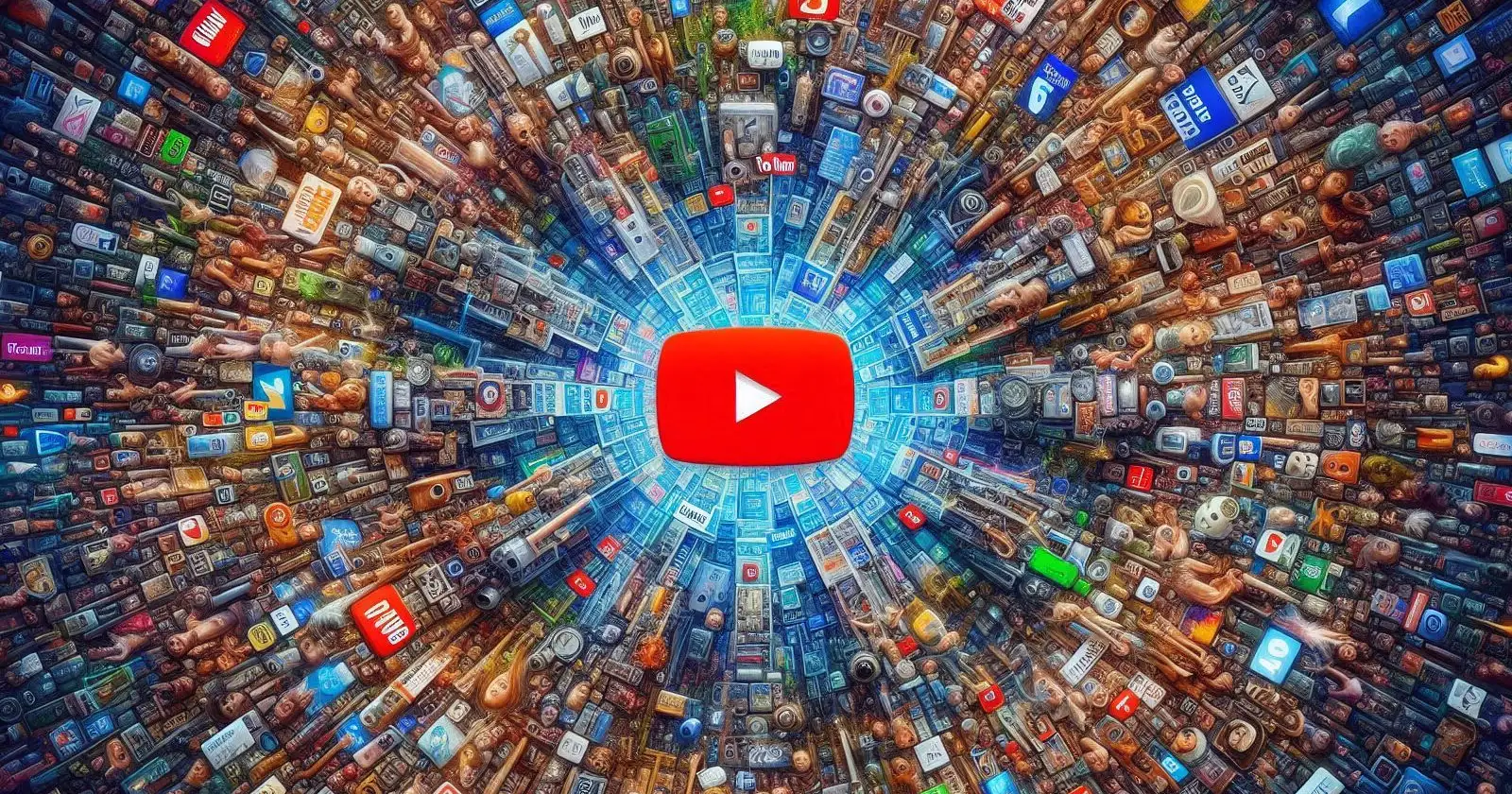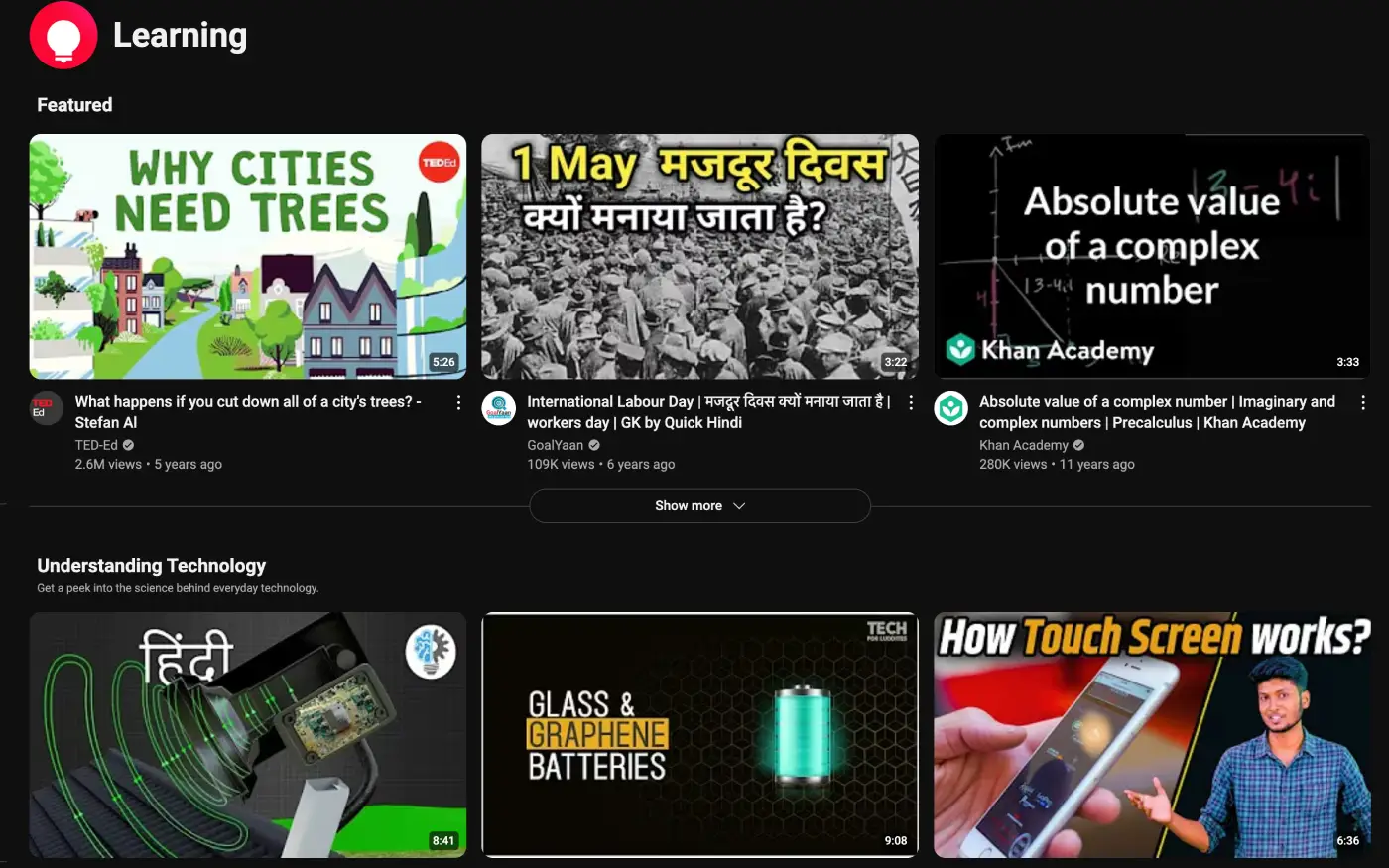It seems Australia has taken a controversial decision by reversing its promise to spare YouTube from the world-first social-media ban on under-16s. The change means that when the new rules come into force on 10 December, no Australian child under 16 will be allowed to log in to YouTube, upload clips, comment or tap the thumbs-up button.
Just six weeks ago, the platform looked safe. Former communications minister Michelle Rowland had quietly carved out an exemption after Google executives argued that the site is “educational”, not social. Kids, the company said, use it for homework help, music lessons and mental-health videos. The argument worked – until this week.
The about-face follows blunt advice from eSafety Commissioner Julie Inman Grant, who told new Communications Minister Anika Wells that almost four in ten children aged 10 to 15 had recently seen “hateful or misogynistic” material on YouTube. “It wasn’t TikTok or Snapchat topping the danger list,” Inman Grant told reporters. “It was YouTube, by a wide margin.”
Google, which owns YouTube, had hinted it might head to court if the exemption were scrapped, claiming the ban could breach Australia’s implied freedom of political communication. Prime Minister Anthony Albanese brushed off the threat. “We will not be intimidated,” he said. “When it comes to the wellbeing of our kids, the government stands with families, not Silicon Valley boardrooms.”
The revised rules mean teenagers can still watch public videos in a logged-out browser, but they will lose the ability to subscribe to channels, post their own clips or join live chats. Age-restricted videos – anything flagged for mature audiences – will be blocked entirely. Teachers, however, can continue to stream curriculum-approved content using their own accounts in classrooms.
Enforcement will rely on new age-verification technology that is still being tested. Platforms that fail to lock out under-16s risk fines of up to 50 million Australian dollars per breach. For its part, YouTube announced only yesterday that it is expanding its own “built-in protections” for teens worldwide, including limiting repeated recommendations of videos that compare physical features or idealise specific fitness levels; however, the new measures stop short of blocking accounts entirely and do not override Australia’s incoming ban.
Given how X is also using a similar approach with age estimation to block NSFW content in Europe and is failing miserably by blocking actual adults, let’s hope YouTube’s algorithms are better.
Lobby group Digital Rights Watch called the ban “a blunt instrument”, arguing that better content moderation and parental tools would be more effective. But this decision is already rippling overseas. Norway and Pakistan have also announced similar plans, though it’s unclear if they will follow through.
Previously, we reported how a study revealed that kids in Australia have a screen time of around 44 hours/week on average. That number is indeed concerning and when the ban goes into effect, we’ll likely see the screen time drop. But again, should the government be able to make such decisions to begin with? Feel free to share your thoughts about it in the comments below.
TechIssuesToday primarily focuses on publishing 'breaking' or 'exclusive' tech news. This means, we are usually the first news website on the whole Internet to highlight the topics we cover daily. So far, our stories have been picked up by many mainstream technology publications like The Verge, Macrumors, Forbes, etc. To know more, head here.



